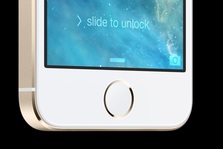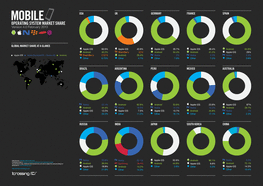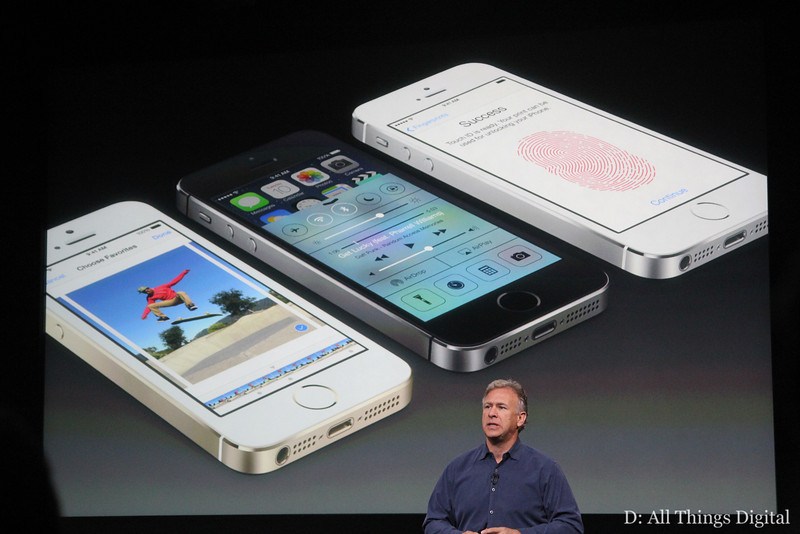|
by Katie Han '17  Apple has your fingerprints too. [image via] Apple has your fingerprints too. [image via] Last September, Apple Inc. released its long-awaited next generation smartphone, the iPhone 5S. While I was reading the live updates of the product-launching event alone in my bed, I squealed. Fingerprint-recognizing Touch ID? Champagne gold color? At first, it seemed like Apple had successfully brought us a brand new, high-tech device with a bit of luxury thrown in. However, there was one thing that bothered me: the familiar “S” at the end of its name. That single letter implied that the “new” phone has the exact same design as its predecessor, the iPhone 5, with slight improvements in its functions. Granted, the phone has the most recent and advanced hardware and an impressive camera, but those features were not enough to keep me dazzled for long. When my closest friend Kat’s iPhone 5S finally arrived a whole month after reservation, I was the first one to rush to her room and play with the new gadget. Yet, after a few tries with the fingerprint recognition, I had lost interest, realizing that the rest was essentially the same as my iPhone 5.  iOS vs. Android market share by country. [image via] iOS vs. Android market share by country. [image via] The invention of iPhone has revolutionized our everyday lifestyle in the past decade. The way we interact with each other has dramatically changed, as it is perfectly normal to see people staring into their phones on the street, in cafes, and even while they are talking with others in real life. Social networking services such as Facebook and Twitter allow instant access to any information in the world. Of course, the question of whether it has been for the better or for the worse remains debatable. Moreover, our attachment to our phones extends beyond Internet connection. I admit – I often replace the question “Do you know the time?” with “Do you have your phone?” Perhaps because the first iPhone was such a revelation, users have over time grown to expect more and more from the new iPhones, especially with the advancements of rival smartphones. In particular, the Samsung Galaxy series based on Android is expanding in the market at an incredible rate, as Samsung’s global smartphone market share in the third quarter of 2013 topped 32%. Meanwhile, its latest model, Galaxy S4, broke the record for the best-selling smartphone in Samsung’s history. With their bio-sensitive technology such as eye tracking, Samsung smartphones pose a significant threat to the number one brand in the world. Apple is definitely aware of these challenges – its recent products reflect that they have learned from their competition. The completely transformed iOS 7 has been accused of resembling Android. Examples of the similarities include the Control Center with shortcuts to Wi-Fi and Bluetooth and the Multitasking page with previews of the applications.  His face says it all. [image via] Despite the seemingly slow progress due to high expectations, the iPhone 5S is by far the fastest selling smartphone, as nine million units were sold over the first weekend, compared to five million units of the iPhone 5 in its first weekend last year. Walt Mossberg of All Things Digital praised the phone by calling it “the best smartphone on the market." As an Apple user, I wholeheartedly agree with this label; the quickly responding and well-connected device is invaluable in daily life. Without iMessage, my friends and I would not be able to find each other after class, and without Music, we would not have the spontaneous background music. Every weekend, Facetime provides me with a very tangible connection with my parents who live halfway around the world. Most importantly, three weeks ago, if I had not used the Bank of America App, I would not have found out so quickly that my credit card was stolen and being used, and situations may have turned out far worse.
The climate for Apple seems to be clear for now; however, with the turbulence in the general smartphone business, the future is unpredictable.
0 Comments
Leave a Reply. |
